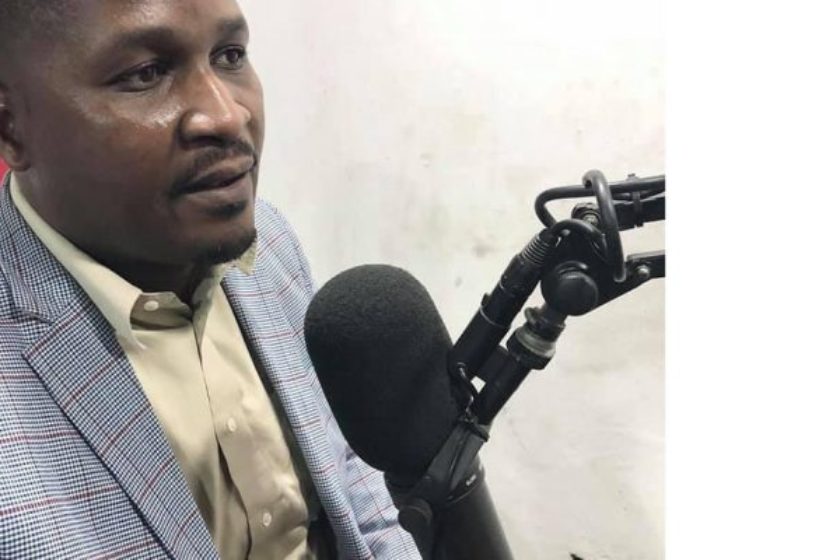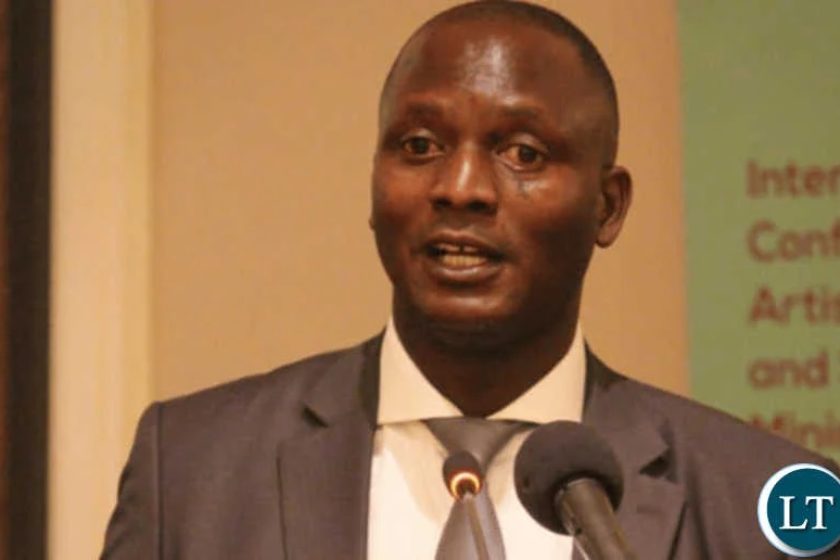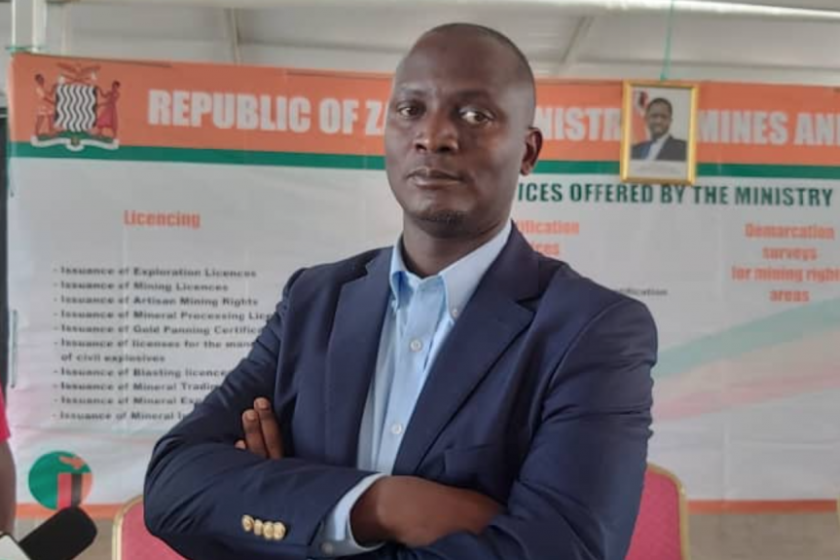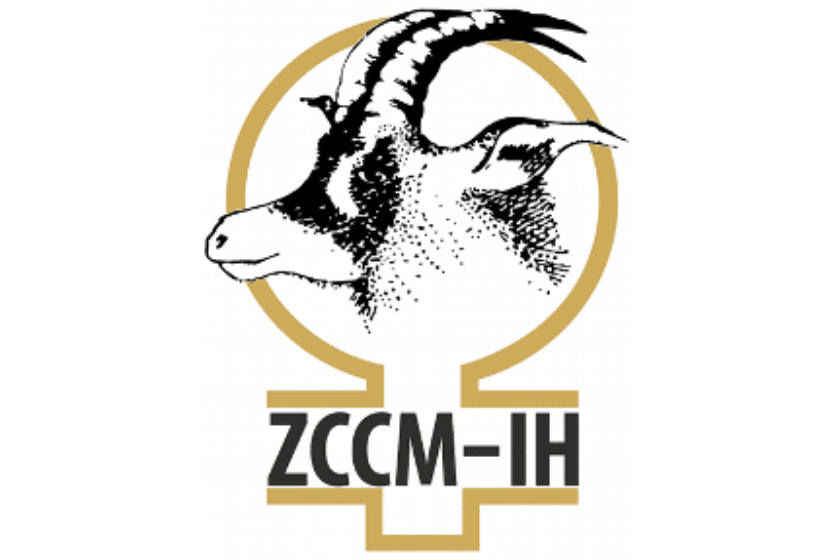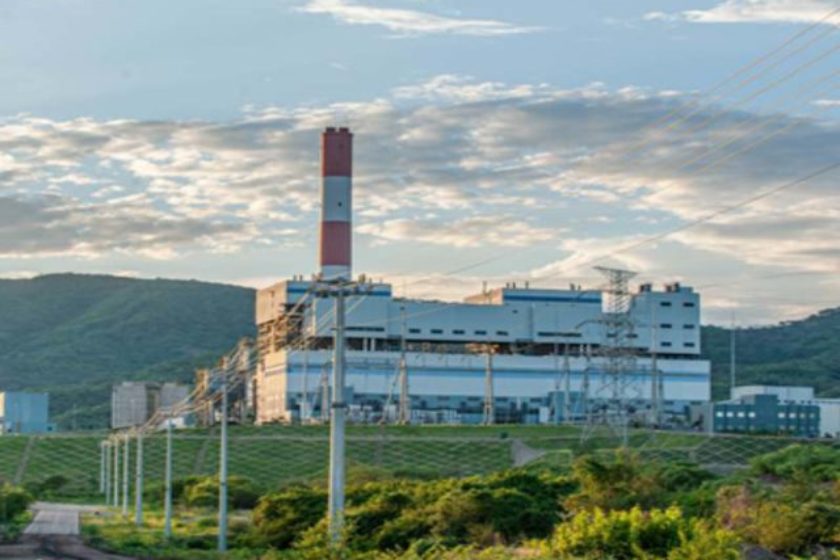SEAN Tembo is asking the PF government to state measures it has put in place to avert a catastrophe should Mopani Copper Mines shut down operations.
The Patriots for Economic Progress (PeP) leader notes that the macroeconomic objectives for 2021, as contained in the national budget, are not ambitious enough.
Tembo noted that finance minister Bwalya Ng’andu acknowledged, when he presented the 2021 budget to Parliament last Friday, that copper prices on the world market have significantly risen to peak at about US $6,840 per metric tonne in September.
“However, the minister failed to explain why, with copper prices being that high, Mopani Copper Mines Plc is still insisting to suspend its operations in Kitwe and Mufulira? Given the fact that Mopani is one of the key players in the mining sector in Zambia today, and their decision to shut down operations will obviously have dire consequences on the Copperbelt Province in particular and the nation at large, the Minister should have addressed this issue in his 2021 national budget address,” he said. “The Minister should have shared with the nation, what measures his government has put in place or intends to put in place to mitigate this impending catastrophe. The only mention of the Mopani issue by the Minister is in paragraph 53, and even then, he only talks about the fact that Glencore, the major shareholders of Mopani have offered to sale their shareholding to government. However, what is of importance is why Glencore wants to exit the market. What policy challenges have they been facing which has compelled them to exit? It is important to do a proper diagnosis here because if we do not, other mining houses will soon follow the footsteps of Glencore and exit our market.”
In his budget speech, Dr Ng’andu said, “With regard to Mopani Copper Mines, government has been offered to acquire additional shares in the mine through ZCCM-IH. Further, government is in the process of negotiating with Glencore on the terms of purchase of the shares. To this end, the nation will be updated on the progress made in due course.”
Tembo noted that developing a national budget in the midst of multiple economic challenges, including the downturn in the global economy due to the COVID-19 pandemic, could not have been an easy task.
He said the 2021 budget theme, “Stimulate Economic Recovery and Build Resilience to Safeguard Livelihoods and Protect the Vulnerable”, acknowledges the fact that Zambia was in a recession and that something needs to be done to recover from “where we currently are”.
“And that while we are doing all that, we need to pay special attention to the livelihoods of the most vulnerable in our society. Having put such an appropriate theme in place, the only question that now remains to be determined is whether the rest of the 2021 national budget actually lives up to its own theme,” Tembo said.
He stressed that the macroeconomic objectives for 2021 were not ambitious enough.
“An objective is supposed to be reasonably ambitious, otherwise it loses its purpose of driving performance. A GDP growth rate target of 1.8 per cent for 2021 is too low by any standards. Equally, a target of increasing the Gross Foreign Reserves from the current 2.3 months of import cover to 2.5 months of import cover in 2021 lacks any ambition on the part of the minister,” Tembo said. “Similarly, targeting a tax-revenue to GDP ratio of 18 per cent for 2021 from the current 17.8 per cent, is a display of total lack of ambition on the part of the Minister of Finance, especially given the fact that Zambia’s tax-revenue to GDP ratio is the lowest in the region. South Africa’s tax-revenue to GDP ratio has averaged 25 per cent in the past five years, whereas that of Zimbabwe is 23 per cent, Botswana 26 per cent, Namibia 27 per cent and Lesotho 24 per cent. Under these circumstances, we would have expected the Minister to set a tax-revenue to GDP ratio target of at least 20 per cent for 2021.”
The PeP also noted the lack of consistency by the minister in the cut-off dates that were used in his review of the 2020 budget performance.
“With regard to expenditure to date, the minister uses a cut-off date of August 2020. With regard to the balance of our Gross Foreign Reserves, the Minister uses a cut-off date of July 2020. With regard to the exchange rate between the kwacha and the US dollar, the minister uses a cut-off date of September 2020. With regard to our stock of foreign debt, the minister uses a cut-off date of June 2020. With regard to our stock of domestic debt, the minister uses a cut-off date of August 2020,” Tembo noted. “This haphazard approach in assessing different economic variables in measuring the 2020 budget performance, makes it difficult if not impossible to draw any meaningful conclusions. In the next budget presentation, the minister is advised to pick one cut-off date against which all economic variables will be measured.”
He said the 2021 budget lacks the gravitas necessary to stimulate economic recovery and build resilience to safeguard livelihoods and protect the vulnerable.
“In other words, the content of the budget falls far short of its own theme,” Tembo said.
He said PeP would present to the nation its alternative budget on October 21.
“It is worth mentioning that we are happy as a party that government saw it fit to adopt two of our recommendations in last year’s PeP Alternative national budget. These were to increase the threshold of the tax exempt portion of the monthly salary from K3,300 to K4,000 as contained on page 17 of the PeP 2020 alternative national budget,” said Tembo. “Additionally, government saw it fit to adopt our recommendation to increase the tax rate on the gross proceeds of gambling from the current 10 per cent to 25 per cent, as outlined on page 19 of the PeP 2020 alternative national budget.”
Source: Themastonline.com

